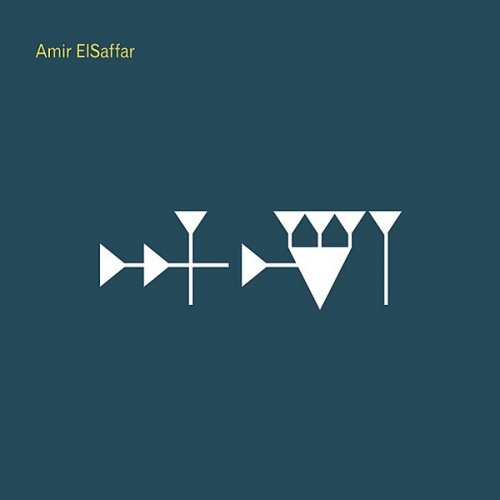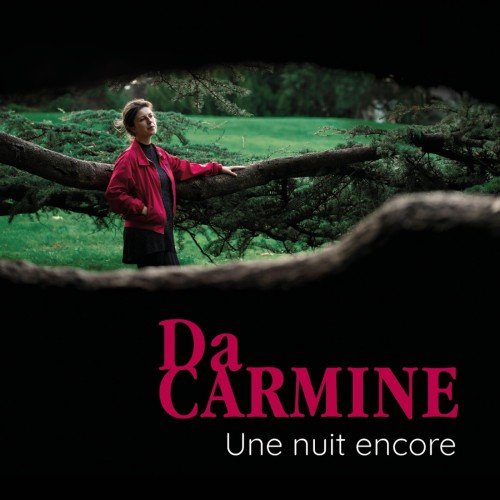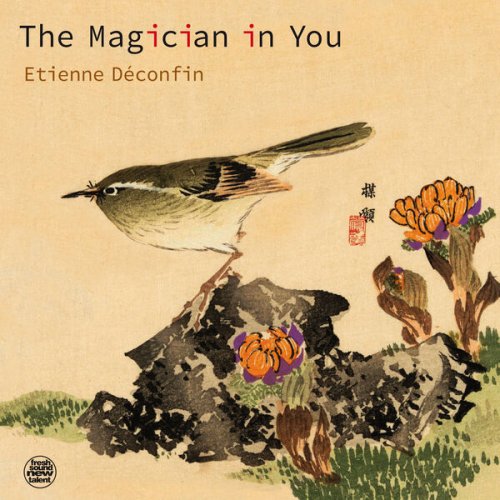Amir ElSaffar - Inana (2011)

Artist: Amir ElSaffar
Title: Inana
Year Of Release: 2011
Label: Pi Recordings
Genre: Jazz, Free Improvisation
Quality: FLAC (tracks+.cue, log)
Total Time: 1:05:21
Total Size: 347 MB
WebSite: Album Preview
Tracklist:Title: Inana
Year Of Release: 2011
Label: Pi Recordings
Genre: Jazz, Free Improvisation
Quality: FLAC (tracks+.cue, log)
Total Time: 1:05:21
Total Size: 347 MB
WebSite: Album Preview
01. Dumuzi's Dream (9:41
02. Venus, The Evening Star (10:32)
03. Inana's Dance (I, II, III) (7:07)
04. Inana's Dance (IV) (4:47)
05. Lady Of Heaven (2:28)
06. Infinite Variety (5:22)
07. Journey To The Underworld (15:12)
08. Venus, The Morning Star (4:16)
09. Al-Badia (5:52)
On 2007's Two Rivers, trumpeter and composer Amir ElSaffar introduced jazz audiences to his innovative meld of modern jazz, classical, and maqam musics (the latter an Iraqi music he formally studied, which has both spiritual and secular applications). In 2010, he teamed with Iranian-American saxophonist Hafez Modirzadeh for Radif Suite, which combined Iraqi maqam and traditional Persian dastagah and avant-garde jazz via Ornette Coleman's harmolodic theorem. On Inana, his third offering for Pi Recordings, ElSaffar brings back his Two Rivers Ensemble with one personnel change: Ole Mathiesen replaces Rudresh Mahanthappa in the saxophone chair. All but one of the nine tracks here make up the "Inana Suite," named for the Sumerian goddess of love and warfare. Inana was known in other Eastern cultures as Ishtar and Astarte, and in later Roman civilizations as Aphrodite and Venus. What ElSaffar has accomplished here is to marry the tight, microtonal, melodic, and slippery rhythmic pulses of Iraqi music to the complex harmonic, modal, and improvisational elements in 21st century jazz. Given the goddesses' contradictory nature, ElSaffar has composed a suite which reflects those shifting perceptions and incarnations -- which he explains in detail in his liner notes -- without making them face one another down through the ages. They meet in a complementary, rather than confrontational fashion, while maintaining enough dramatic tension to keep the listener transfixed throughout. "Dumizi's Dream" is where maqam meets both jazz and the blues. Droning modal tonalities and knotty Eastern scale microtones are touched by ElSaffar's trumpet and Mathiesen's saxophone, as drums (Nasheet Waits) and bass (Carlo DeRosa) shuffle along to to greet the bluesy strut of the oud (Zafer Tawil) and the shimmering, knotty, otherworldly tones of Tareq Abboushi's buzuq (a long-necked lute). In "Inana's Dance (I, II, III)," the intense harmonics of jazz phraseology encounter the Persian and Sumerian's less specific, more spacious rhythmic palette, creating a scintillating brew filled with stop-and-start kinetics and interactive soloing on horns and stringed instruments. "Journey to the Underworld" is marked by ElSaffar's deeply sensual maqam singing as the percussion and horns swirl up to meet him in shifting rhythms and snaky harmonics. "Al-Badia," the closing cut and the only selection that is not part of the "Inana Suite," begins with a percussion exchange between hand drums and Waits' kit. ElSaffar, the oud, buzuq, and bass enter here, and the musical engagement reflects the way secular maqam might be employed by merchants and singers in the marketplace. But ElSaffar's trumpet, even as it moves along the music's microtonal scales, actually swings back toward jazz in his elegant soloing. The ensemble gradually builds in intensity before both horns bring the melody back to the strings and close it out on a nearly danceable note. Inana is the most seamless meld yet of the various traditions ElSaffar represents; it offers listeners a thoroughly engaging, sensual, and enlightening encounter between the ancient and the modern, not in juxtaposition, but as seamless continuation in musical history and innovation.



![Stockholm Voices featuring Bohuslän Big Band - Christmas Time is Here (2025) [Hi-Res] Stockholm Voices featuring Bohuslän Big Band - Christmas Time is Here (2025) [Hi-Res]](https://www.dibpic.com/uploads/posts/2025-11/1764079711_folder.jpg)


![Chris Hinze Combination - Sister Slick (2025) [Hi-Res] Chris Hinze Combination - Sister Slick (2025) [Hi-Res]](https://www.dibpic.com/uploads/posts/2025-11/1764317100_v0lb4liiku7ja_600.jpg)

![Uusi Aika - Luurankolauluja (2025) [Hi-Res] Uusi Aika - Luurankolauluja (2025) [Hi-Res]](https://www.dibpic.com/uploads/posts/2025-11/1764407038_p8gghfzw1fdwa_600.jpg)